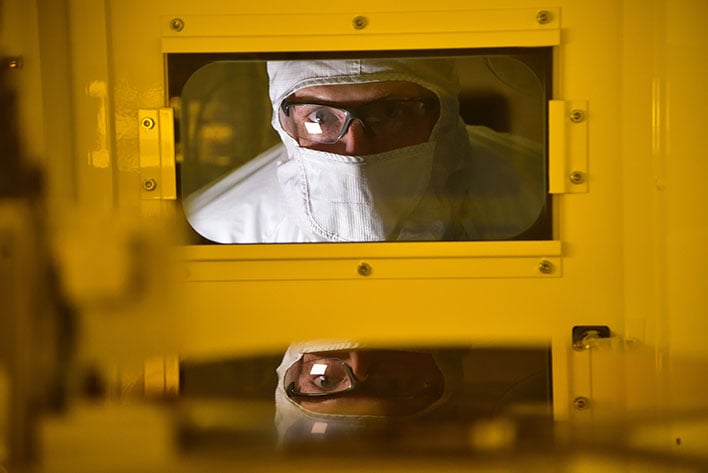Intel 10nm Fab Capacity Outpaces 14nm, But CEO Warns Chip Shortages Could Last 2 More Years

It took some time for Intel to move past 14-nanometer manufacturing in any kind of meaningful way (let's not talk about Cannon Lake), but it appears the company has now done that. We say this because during a recent earnings call with investors, Intel chief executive officer Pat Gelsinger revealed that the company is producing more 10nm wafers than 14nm wafers these days.
"We are pragmatic about the work in front of us, but supremely confident of our future. Under IDM 2.0, our factory network continues to deliver and we are now manufacturing more 10-nanometer wafers than 14-nanometer," Gelsinger said. "As 10-nanometer volumes ramp, economics are improving with 10-nanometer wafer cost 45 percent lower year-over-year with more to come."
Getting back on track is precisely why Intel chose Gelsinger to lead the outfit after former CEO Bob Swan resigned. Almost right out of the gate, Gelsinger laid out Intel's IDM (Integrated Device Manufacturing) 2.0 strategy consisting of three primary components: 1) Expanding its internal network of chip fabs, 2) Making use of third-party fabs when necessary, and 3) Establishing Intel Foundry Services to service external customers around the globe.
Intel has done well under Gelsinger's leadership so far. In its latest earnings report, Intel notes it raked in $19.6 billion in revenue during the second quarter of 2021, which was flat year-over-year but also exceeded guidance for the quarter. Its profit held steady as well, at $5.1 billion.
"There’s never been a more exciting time to be in the semiconductor industry. The digitization of everything continues to accelerate, creating a vast growth opportunity for us and our customers across core and emerging business areas. With our scale and renewed focus on both innovation and execution, we are uniquely positioned to capitalize on this opportunity, which I believe is merely the beginning of what will be a decade of sustained growth across the industry," Gelsinger said in a statement.
"Our second-quarter results show that our momentum is building, our execution is improving, and customers continue to choose us for leadership products," Gelsinger added.
The lion's share of revenue came from Intel's Client Computing Group, which checked in at $10.1 billion, a 6 percent gain year-over-year. Meanwhile, Intel's Data Center Group fell 9 percent to $6.5 billion. That's still a healthy number, though clearly Intel is feeling the impact of increased competition from AMD and its EPYC product line.
Overall, Intel is weathering the chip shortage quite well, as it pertains to the company's bottom line. And speaking of which, things could still get worse before they get better. Gelsinger expects "persistent industry-wide component in substrate shortages" to eat into Intel's CCG's revenue in the current quarter, and anticipates "supply shortages to continue for several quarters." It could take even longer to return to normalcy.
"While I expect the shortages to bottom out in the second half, that will take another 1 to 2 years before the industry is able to completely catch up with demand. IDM 2.0, which combines our internal manufacturing capacity with the use of third-party foundries, best positions us to weather these challenges and work with our ecosystem partners to build a more resilient supply chain," Gelsinger said.
The good news is, Intel and TSMC are both investing billions of dollars into fab expansions. However, as has been repeatedly stated, it could take a couple of years before the global chip shortage is truly over.

